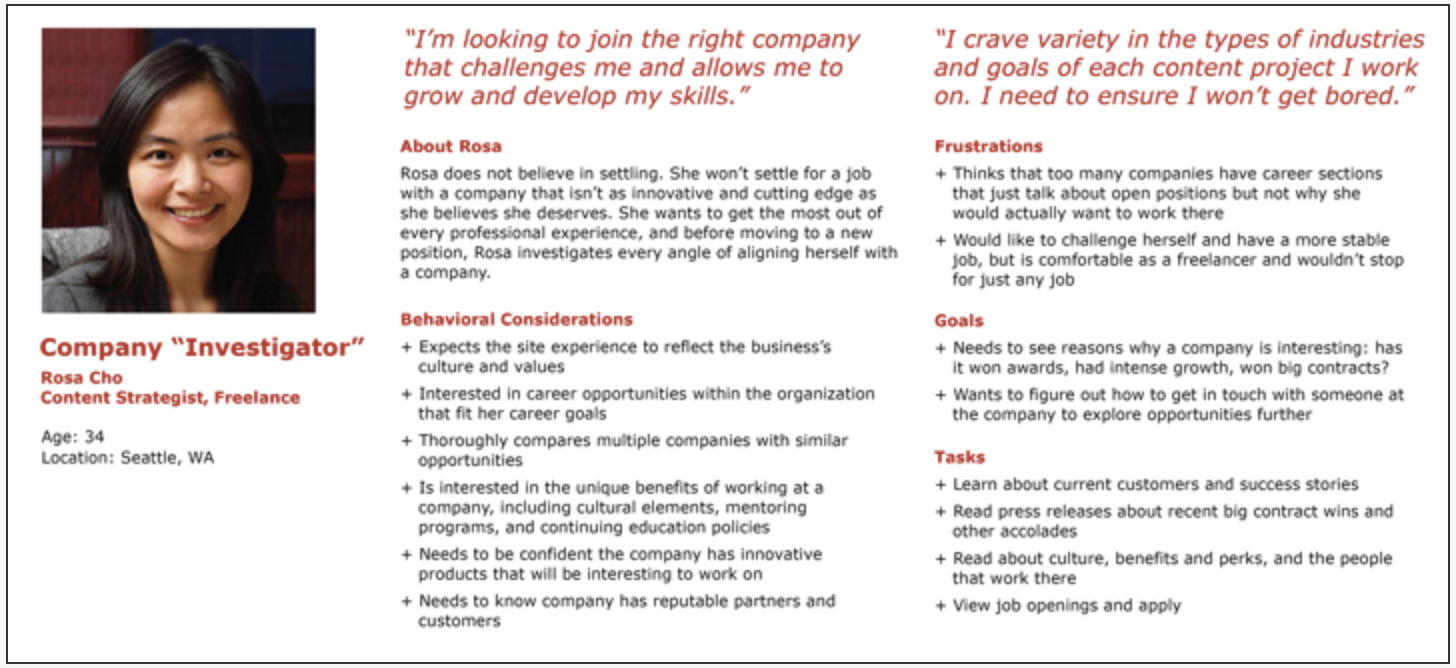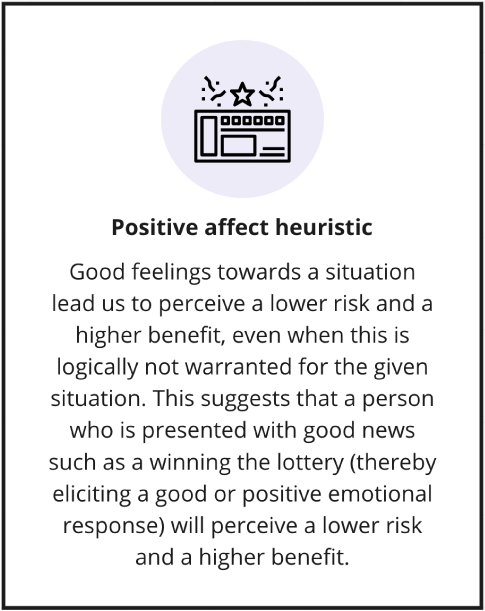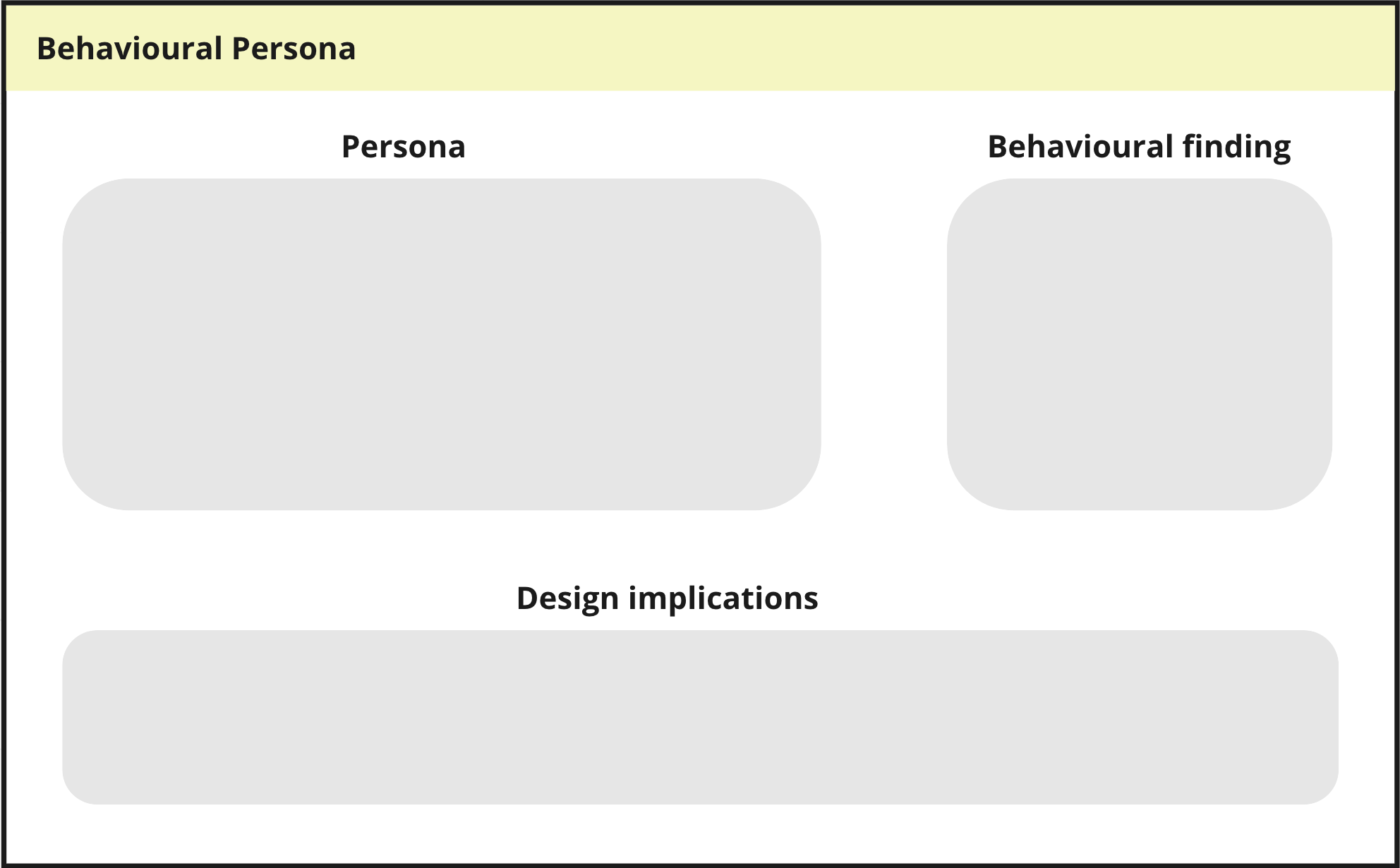27th Aug. 2021
By JingKai Ong and Iranzu Monreal
Share
Integrating behavioural science and product design: behavioural personas
“Almost everything designers make has some behaviour change built into it. Any time you expect a person to interact with your product, you’re asking them to change their behaviour from what it would be if the product didn’t exist”.
—Amy Bucher, author of Engaged: Designing for Behavior Change.
Behavioural science and design can be a powerful combination. At The Behaviouralist, we know this from our own experience as finding ways to integrate behavioural science and design is part of our daily practice.
This is the first of a series of posts in which we shed light on how designers can incorporate a behavioural science approach into some of the most widely used design tools and methods that behavioural scientists can also adopt.
Our two minds
The dual-system theory (Kahneman, 2011) recognises two distinct ‘systems’ operating in our brains:
- System 1: instinctive and intuitive. It represents quick decision-making and automatic responses to our environment (e.g., turning around when you hear someone calling your name). This system recognises that people are sometimes irrational and inconsistent in their choices and decisions.
- System 2: reflective and controlled. It does all the thinking that is effortful, rule-based, slow, conscious, and rational (e.g., solving a puzzle).
In other words, our decision-making processes are influenced by contextual factors and we sometimes evaluate different choices through cognitive shortcuts rather than reflective thinking. Understanding how users behave and recognizing their motivations, goals, and emotions, constitutes an essential component of the design process. To gain a deeper insight, designers have a set of tools and methods at their disposal.
One of these tools is personas.
What are personas?
A persona is a fictional representation of the target user of a product. It helps paint a picture of customer characteristics, including socio-demographics (such as age, gender, education, and occupation) and other relevant information (such as needs, likes, habits, and pain points). Used commonly in user-centred design or human-centred design, personas can help inform product design in both the physical (e.g., a baby stroller) and the digital space (e.g., a financial app) by putting the target user at the centre of design processes.

Example of a persona, extracted from the article 'Personas make users memorable for product team members' published by Nielsen Normal Group
Incorporating personas as a design tool entails using a series of methods and tools to ensure that a design focuses on the users’ needs. It usually involves creating representative profiles of typical users by conducting interviews and/or ethnographic research. By developing multiple personas (e.g., 'the family person', 'the young professional', etc.) and ‘listening to them’ when designing a service or digital experience, designers can make sure that the product they are designing actually meets the needs and resonates with their customers.
Unfortunately, personas don’t always work. We sometimes fail to distinguish between the goals of the persona and the intermediate processes necessary to accomplish those goals. While they may often be understood as solely rational decision-makers and are presumed to always act in their best interest, the role of the personas can be blurred between that as a consumer and as a marketing target. In this case, rather than designing products and services that users actually need, we may end up with products meant for unrealistic or stereotyped versions of the consumers.
So how might we adopt a model that truly reflects how human behaviour works? Our proposition is doing this through behavioural personas.
Why behavioural personas?
The behavioural persona is a tool that aims to integrate the latest findings in behavioural science research with a human-centred design approach to understand the target audience’s goals, needs, and motivations. By taking into account the contextual factors that determine how a user interacts with a digital product, behavioural personas allow for a deeper understanding of the underlying cognitive processes involved in the user's experience.
The tool of behavioural persona uses traditional persona profiles as a foundation. If you already have your defined personas, you can easily include this tool as an extra step in your process. This could be particularly useful for design challenges that require a behaviour change. Even if you don’t use personas to define your audience, you may still find this exercise useful as it might be relevant to understand the contextual factors around your target audience and how those enable or discourage their behaviour.
Behavioural personas in action
To help you get started, here’s a step-by-step guide to developing and using behavioural personas.
Step 1. Review behavioural science research.
Try to answer the following questions by reviewing relevant academic literature. This is the step where you dive into the latest behavioural science research to understand how your users are affected by underlying cognitive processes.
- What are the underlying cognitive processes involved in the decisions that your users are making in the context of your product or service?
- What are the psychological biases and heuristics that influence your users decision-making processes?
- What factors predispose your users to make certain decisions?
Here at The Behaviouralist we worked with Open Banking to redesign their online banking environments to reduce fraud. We designed and tested different ways in which banks and fintech companies can redesign their online payment journeys to minimise the risk of fraudulent transactions.
As the first step in our design process, we adapted the above-mentioned questions to our particular context and asked:
- Who falls for fraud and why?
- How are fraudulent messages framed to deceive victims?
- What state of mind are people in when they are making different types of fraudulent payments?
To answer these questions, we conducted a thorough literature review. We found that intentionally or not, fraudsters use a series of methods that exploit a victim’s psychological biases and heuristics.
Having collected all the information, we proceeded to study the connections and relationships between the sources. At this point, it is important to identify the themes, trends, and patterns as well as contradictions or potential gaps in your research. Once you feel that you have drawn a pretty comprehensive picture of the behaviours you are studying, you can move on to the next step.
Step 2. Summarise and visualise your key findings.
The next step is summarising the key insights from your research. Like traditional personas, this tool is created to build a shared understanding of users throughout the design process. By further understanding how users are shaped and influenced by underlying cognitive processes, products and services can be better designed to help users achieve their goals.
We typically create a card that includes a short title that summarises the cognitive factor and a short description that clearly illustrates it. From our work with Open Banking, here is a behavioural factor we considered to help us understand how users behave in situations of fraud.

The cards should be clear and simple to understand, and no longer than the one in the example above. Design projects are usually highly collaborative. You might be working with stakeholders from many different backgrounds and it is important that you communicate your insights clearly and concisely.
Step 3. Combine your behavioural findings with personas to discover new design implications.
Once you’ve summarised the key findings from the behavioural science literature, take a moment to think about how the different personas could interact with these findings and what the design implications are for your product, service, or more generally, your solution. Play around with different combinations of your personas and the behavioural findings, creating different behavioural personas.

Step 4. Turn your design implications into specifications.
With your team, take a look at the different behavioural personas and design implications that you have discovered. Prioritise the ones that are most relevant to your design process. Finally, formulate your design implications as a set of specifications or principles that should inform your design process.
Through our work with Open Banking, we found that combining traditional personas with key findings from behavioural science helped create more accurate user models. It also informed the way we designed our payment journeys and allowed us to come up with a solution that improved the existing online banking experience and reduced fraud.
We hope it helps your work too!
We, at The Behaviouralist, incorporate insights from different disciplines to strengthen our behavioural change design process and to design interventions that work. Get in touch for collaboration or follow us on LinkedIn and Twitter to receive updates on our work!
References
Bucher, A. (2020). Engaged: Designing for Behavior Change. Rosenfeld Media.
Kahneman, D. (2011). Thinking, Fast and Slow. New York: Farrar Straus Giroux.

